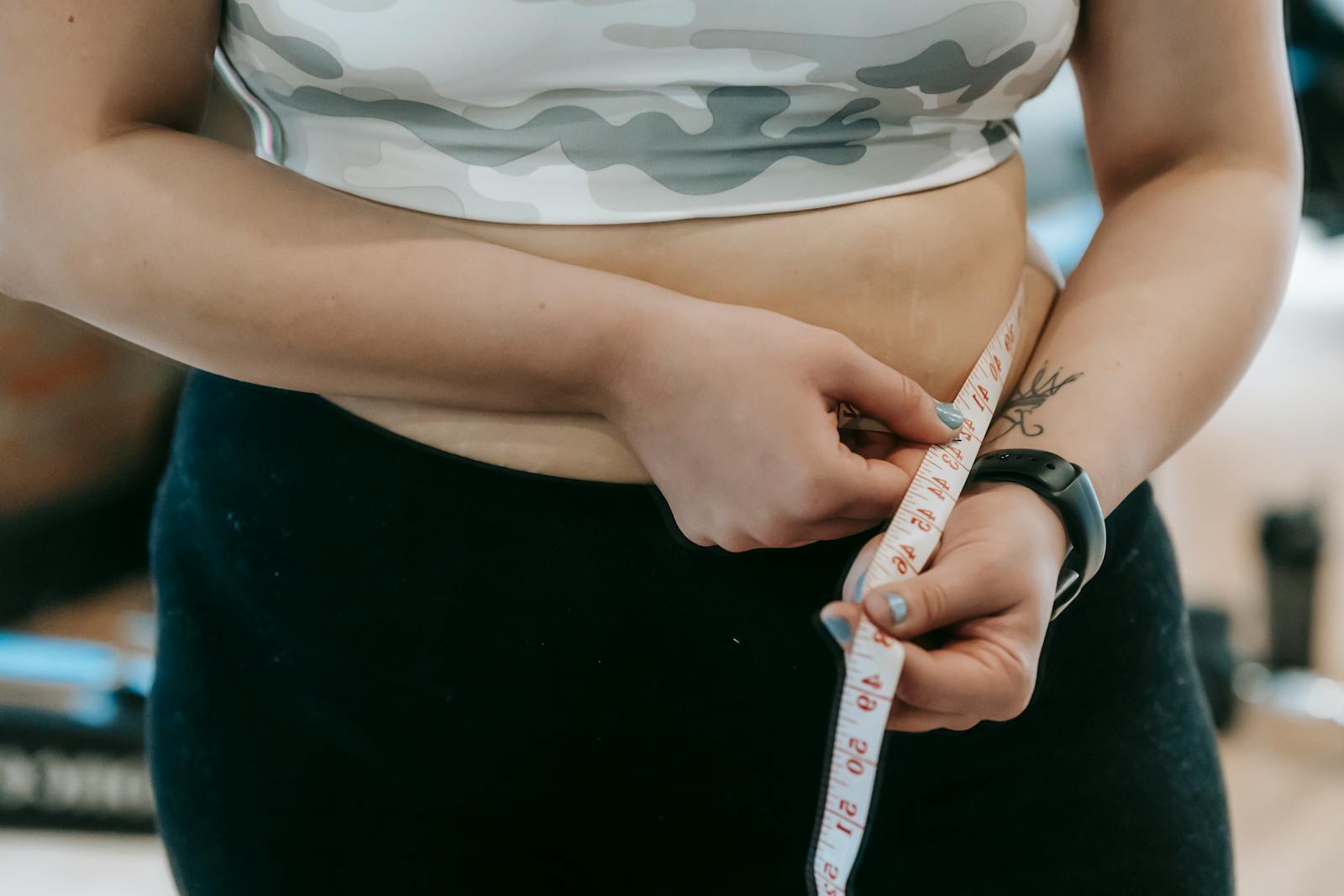The allure of a sculpted body
In Brazil, where beauty standards meet advanced medical expertise, liposuction remains one of the most popular aesthetic procedures. According to the Brazilian Society of Plastic Surgery, it ranks as the third most performed cosmetic surgery when done alone—and the leader when combined with other interventions.
But despite its popularity, the growing number of marketing terms—lipinho, minilipo, hidrolipo, lipo light—has left many people wondering whether these names represent genuine medical advances or just new packaging for the same old procedure.
Liposuction isn’t a weight-loss shortcut
Let’s set one thing straight: liposuction isn’t designed to make you lose weight. Its goal is to sculpt and contour the body by removing localized fat deposits that resist diet and exercise.
As plastic surgeon Dr. Gerson explains, “If the patient is overweight, fat accumulates not just under the skin but also around internal organs. In such cases, it’s crucial to lose weight before surgery.”
The traditional technique involves inserting thin cannulas through the skin. These are connected to a vacuum system that suctions the fat, which is then stored—sometimes for use in fat grafting to other areas, or simply discarded.
A gentler recovery and modern techniques
Today’s liposuction procedures are safer and less invasive. Many patients no longer need extended hospital stays and can even go home the same day.
In abdominal liposuction, for instance, epidural or spinal anesthesia often replaces general anesthesia, minimizing systemic impact. In many cases, surgeons also avoid using drains, depending on the chosen technique.
The marketing behind “mini-lipo” and “lipinho”
So where do these trendy names come from? Mostly from marketing. The idea of a smaller, “lighter” liposuction makes the procedure sound less serious—and less risky.
In reality, the difference lies in the amount of fat removed. Smaller liposuctions target limited areas, but that doesn’t mean they’re safer. Patients sometimes undergo multiple small sessions, which can end up more expensive and riskier due to repeated anesthesia and recovery cycles.
As Dr. Gerson warns, “Buying into the idea of a ‘mini-lipo’ can be misleading—the risk doesn’t shrink just because the name sounds smaller.”
Hydrolipo, lipo light, and other variations
Hydrolipo, also known as lipo light, involves injecting a saline solution into the fat tissue before suction. This liquid helps break down fat cells, making removal easier.
The differences among these techniques mainly concern how much fluid is injected and the intensity of suction. Despite the rebranding, the fundamental process remains the same. Whether it’s called hydrolipo or mini-lipo, it’s still a surgical procedure that requires medical precision and proper conditions.
Safety first: knowing your limits
Patient safety begins long before the first incision. Surgeons generally shouldn’t remove more than 5% of a patient’s body weight in fat, or over 4 liters in a single session. If more is required, hospitalization for at least 24 hours is recommended.
Large-volume liposuctions—once known as megalipo, removing up to 12 liters—are now strongly discouraged due to their high risk of trauma and even death.
Candidates with obesity, blood clotting issues, or who’ve undergone bariatric surgery should avoid liposuction altogether. Allergies to anesthesia or other medications used during the procedure must also be carefully evaluated.
Essential postoperative care
Recovery requires discipline and patience. Patients must wear compression garments for at least 45 days, which help the skin retract and the tissue heal evenly. Stitches are usually removed after a week, and the body continues healing naturally thereafter.
Sun exposure should be avoided for two to six months, depending on each person’s capillary fragility, as it can cause permanent skin discoloration.
And while the temptation to flaunt results is understandable, the true success of liposuction depends on what happens after surgery.
Nutrition as an ally for recovery
Weight reduction before surgery is often a prerequisite, but nutrition remains critical during recovery too. A diet rich in vitamin C, iron, folic acid, and protein supports tissue repair and collagen production.
According to nutritionist Fernanda Pisciolaro, from the Brazilian Association for the Study of Obesity and Metabolic Syndrome (ABESO), foods rich in bioflavonoids—like red grape juice, green tea, nuts, almonds, and especially garlic—prepare the body for better healing.
For those prone to infection or poor wound healing, glutamine supplementation may be beneficial but should only be taken under professional supervision.
Once healing begins, omega-3 fatty acids found in salmon, tuna, and flaxseed oil play a key role in reducing inflammation and accelerating recovery.
Exercise: maintaining long-term results
Surgery can reshape your body, but maintaining those contours requires movement. Exercise helps prevent new fat deposits and supports circulation during recovery.
Depending on healing progress, light physical activity can resume between 30 and 90 days after surgery. High-impact workouts, like running, are off-limits early on, but swimming, yoga, and gentle weight training are excellent low-impact options.
As Dr. Gerson notes, even if warm pool water causes mild swelling, it’s temporary and harmless—what matters is staying active safely.
The real goal: sculpting, not shrinking
The term lipoescultura—literally “liposculpture”—captures the essence of what liposuction should be: a tool for contouring, not a shortcut to slimness. When done responsibly, by a certified professional and supported by proper nutrition and lifestyle habits, liposuction can refine the body’s natural shape without compromising health.
In the end, the most beautiful results come not from the suction cannula, but from the patient’s ongoing commitment to care, balance, and respect for their body.




